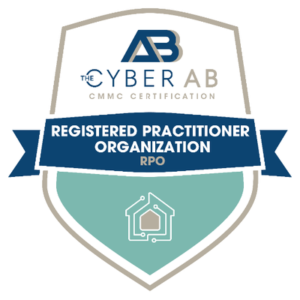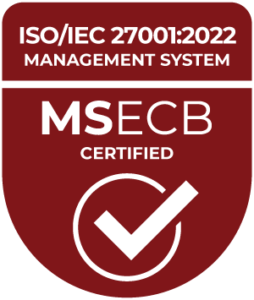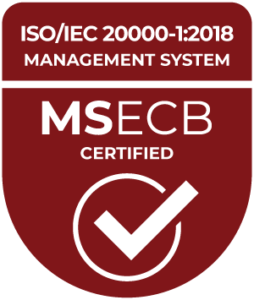There’s no way to protect your organization from every cybersecurity threat. However, a continuous threat exposure management (CTEM) program can help identify and prioritize your biggest concerns.
A CTEM program is essential in today’s rapidly evolving cybersecurity landscape because it allows organizations to proactively identify, assess, and mitigate cybersecurity risks. They can detect and address security issues before major incidents or breaches occur by continuously monitoring their IT environments for threats and vulnerabilities. Taking this approach makes organization more resilient to cyberattacks, safeguards sensitive data, maintains regulatory compliance and protects reputations.
5 Stages to Develop a CTEM Program
According to Gartner, developing a CTEM program can be broken down into five stages:
1. Identify the Extent of Cybersecurity Exposure
Developing a CTEM program starts with identifying, or scoping, your “attack surface,” which includes vulnerabilities beyond the typical focus of vulnerability management programs. Besides traditional devices and apps, it should also include intangible elements like corporate social media, online code repositories and integrated supply chains. You should focus on external attack surfaces, which have a relatively narrow scope but are supported by a growing ecosystem of tools, and software-as-a-service (SaaS) security, which has become increasingly important since remote workers and SaaS platforms are so common.
2. Implement a Discovery Process for Assets and Risks
Your discovery should focus not only on areas identified during scoping, but also work to uncover hidden assets, vulnerabilities and misconfigurations. For an effective CTEM program, it’s essential to differentiate between discovery and scoping. Uncovered assets and vulnerabilities aren’t the only success metric; it’s far more critical to scope based on business risk and potential impact.
3. Prioritize the Most Exploitable Threats
The goal isn’t to fix every security issue but to prioritize the threats most likely to be exploited. Prioritizing should consider factors like urgency, security, compensating controls, residual attack surface tolerance and the level of risk. A plan of treatment should be developed to address high-value business assets.
4. Test How Attacks Work and How Systems React
To ensure your response plan is effective, confirm that attackers could exploit the vulnerabilities, analyze all potential attack pathways, and determine if the current response plan is fast and effective enough. Additionally, all stakeholders need to agree on what triggers a remediation response. Organizations that prioritize their security investments based on a CTEM plan will be much less likely to suffer a breach.
5. Get People and Processes Moving
The CTEM plan must be communicated to the security team and business stakeholders. Your mobilization effort should aim to reduce obstacles to approvals, implementation processes or mitigation deployments so that teams can operationalize the CTEM findings. Documentation of cross-team approval workflows is essential.
A CTEM program is critical to a comprehensive cybersecurity strategy, ensuring that organizations are proactive and prepared to defend against emerging cyber threats in the digital age.
MBL Technologies provides comprehensive cybersecurity services for long-term, sustainable solutions that address every facet of the evolving threat landscape. We help you boost your cybersecurity posture and develop a CTEM program for your organization. Contact us today to get started.




